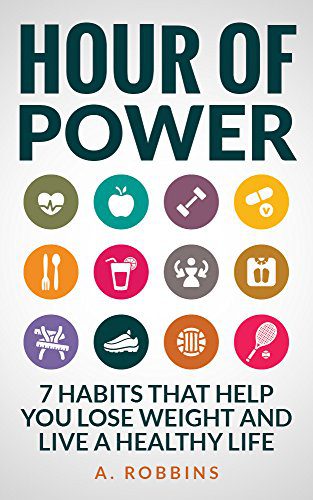Health and fitness is something that should be a part of our lives, as it can help us live healthier, longer lives. The best way to start is by doing some simple exercises and stretches on a regular basis. This will help increase your body’s strength and endurance, as well as reduce the risks of COVID-19 infections.
Exercises that pose a low risk of COVID-19 infection
COVID-19 is a respiratory virus. It spreads through breathing in tiny aerosols or through coughing and sneezing. In order to limit its spread, you should wear a mask indoors and avoid contact with people who have symptoms. You should also stay active and avoid activities that involve close contact with sick people.
The best results for preventing ICU admission or death have been seen in those who were physically active. In a study, people who were moderately active had a 13% lower risk of hospitalization, and a 21% lower risk of ventilation.
Other studies suggest that exercise may also provide some protection against COVID-19. For example, researchers at the British Journal of Sports Medicine recently published a study examining the impact of physical activity on subclinical myocarditis. They found that young athletes with persistent symptoms were less likely to have significant cardiac complications.
But while these studies suggest that some form of physical activity may protect you from COVID-19, there are no definitive guidelines for determining which forms of exercise are safe. This makes it difficult for athletes with severe symptoms to safely reenter competitive sports.
Stretching before and after every workout
If you’re looking to stay fit and improve your fitness levels, one of the most important things you can do is stretching. This is because it increases your body’s flexibility and helps to loosen up your muscles. Not only will it help your muscles recover after a workout, it also decreases your risk of injury.
There are two types of stretches you should be doing: static and dynamic. Static stretches are more passive and involve holding a pose. Dynamic stretches involve bringing your muscles through their range of motion. These stretches should be done in a logical order to get the most benefit.
For instance, you should stretch your glutes after doing a hamstring exercise. To do this, spread your legs shoulder width apart. Keep your core engaged and bend your knees slightly. Hold each position for ten seconds. After that, return to your starting position.
The same holds true for the biceps, triceps and quads. Do them as part of your warm up and cool down.
Exercises that increase or maintain muscle mass and strength
Muscular strength and muscle mass are essential for good health and fitness. Strong muscles help maintain joint flexibility, reduce your risk of falling, and contribute to strong bones. It also helps improve heart and blood pressure, balance, and mental well-being.
Strength training is a form of resistance training, which uses weights to stimulate and tone muscle. You can use weight machines, free-weights, and resistance bands to build muscle.
If you’re new to strength training, begin with bodyweight exercises. After you’ve mastered these basic moves, you can add heavier weights. However, don’t overdo it. Start with one set of each exercise and work your way up to two or three sets of eight to twelve repetitions.
Be sure to rest your muscles after each workout. Ideally, you’ll rest them for at least 48 hours. This is to allow the muscles to recover and repair themselves.
Once you’ve reached a point where you can complete 12 repetitions comfortably, consider adding weight. Remember, you want to be able to do all your repetitions with proper technique.
Prerequisites for health and wellness across the lifespan
In order to study health and wellness across the lifespan, students must first be familiar with the various factors that affect a person’s health. This includes physical, emotional, intellectual, social, spiritual, and environmental aspects of a person’s health. The student will also learn to identify relationships between health, behavior, social, and policy. As a result, the student will understand the many ways in which they can achieve their wellness.
Students may select a number of courses to take in order to complete their degree. Some of the common requirements are a course that discusses health science statistics, multicultural communication, and introductory coursework in community health. They will also need to take courses that emphasize healthy lifestyles and preventative care. Additionally, they will need to study physiology, nutrition, and other topics. These courses will give them a solid foundation of knowledge, while giving them an understanding of how to promote and maintain wellness throughout the lifespan.

